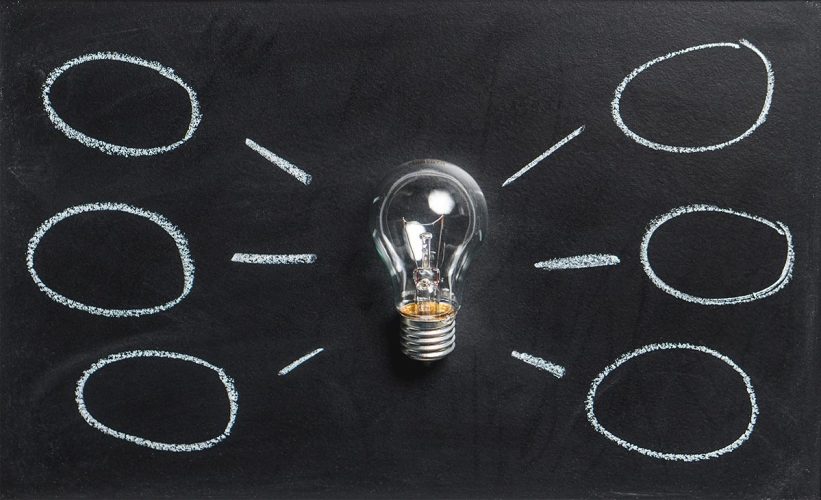

Empowerment – it’s a 21st century buzzword. It may feel overused or even cliché for some of us. For occupational therapists, it has meaning dating to the beginning of our profession around WWI. To help facilitate rehabilitation and return to being a productive member of society, wounded soldiers were encouraged to engage in “occupations” such as woodworking, leatherworking, creating art and similar pastimes. They reported feeling like they had a purpose, a reason, to keep getting better. These early occupational therapists were onto something big!
To me, feeling empowered means having the skills and tools to be able to accomplish my goals large and small. It means feeling good about myself and what I am capable of. What does empowerment mean to you? How does this concept apply to children?
I’ve been working with children and young adults for half of my career, about 11 years. Many of these individuals have severe developmental disabilities and have had no real say in their path in life. Others are what we may term “high functioning” but are still often at the whim of the adults around them. Since I’ve become a specialist in ADHD, I feel stronger than ever that we need to teach children to advocate for themselves, to adopt a “growth mindset” where they are always open to learning, to ask for what they need emotionally and relationally, and to communicate effectively with peers and adults throughout the lifespan. Only then can they truly feel empowered and in charge of their life’s trajectory.
Children with ADHD are more likely to have lower self-esteem, to struggle with problem-solving and emotional resiliency, and to have less awareness of what support they need to increase their success. We can start empowering young children and continue to do so in an age-appropriate way throughout their childhood. Adopting this parenting framework will help set your child up to be able to handle the obstacles in their way for years to come.
These tips are not meant to make you feel bad about your parenting. The purpose is to gain some strategies to help your child with ADHD feel more empowered. When we feel more in control of our own lives, self-esteem and self-confidence rise, and your child learns valuable skills that will stick with him or her for life. Admittedly, I have made a lot of parenting mistakes myself. The more I learn about executive functioning skills and the psychology of childhood, the more I’ve forced myself to stop holding my sons hands so tightly. I have to remind myself that I’m raising young men and the best gift I can give them is the tools to be confident, self-aware, and emotionally mature.
Download my free 3-page worksheet to empower kids with ADHD, which includes age-appropriate chore ideas, a money saving worksheet, and interest checklist prompts.